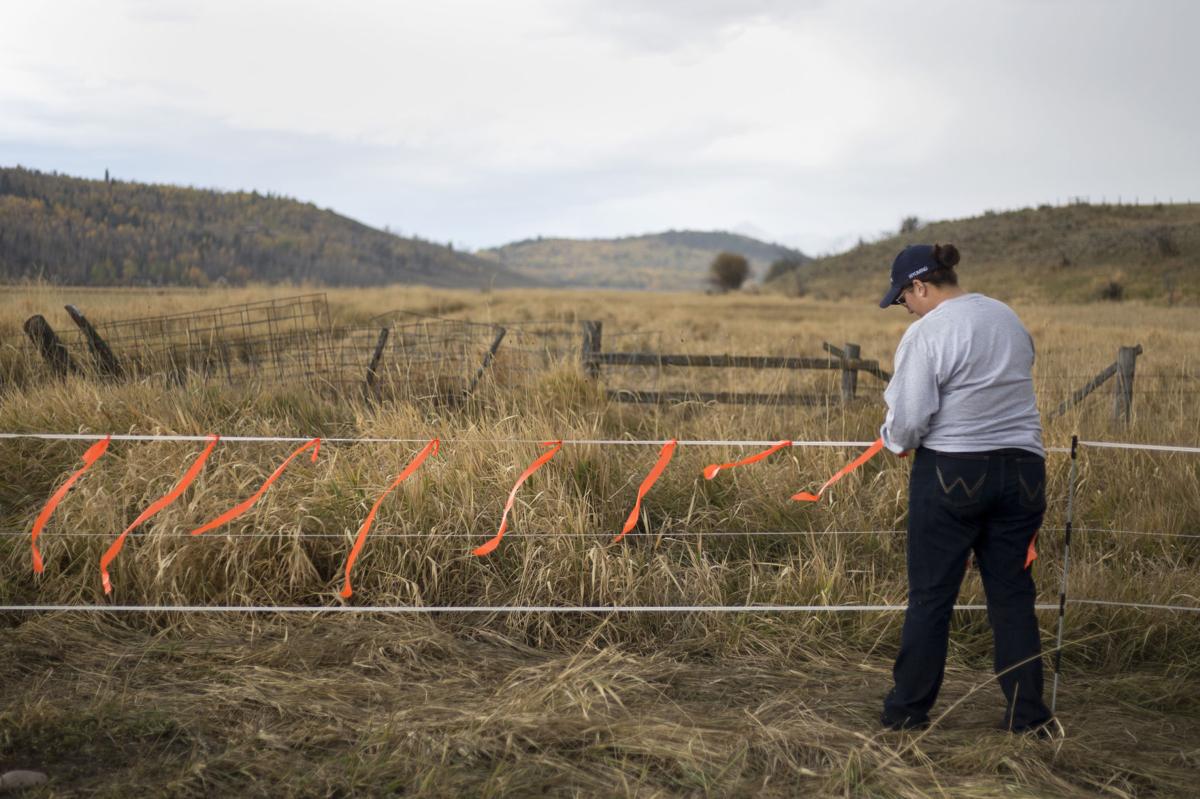Wildlife Services rereleases predator-killing plans for Wyoming
For the second time in four years, a branch of the U.S. Department of Agriculture that kills wildlife it deems a nuisance has released draft plans assessing the impacts of how it does business in Wyoming.
Although a lawsuit and settlement agreement preceded the document’s release, officials with USDA’s Wildlife Services division say they issued a draft environmental assessment that’s now open to public comment on their own accord. The planning document proposes continuing the agency’s operations in Wyoming.
“Wildlife Services determined that simply based on age, it was time to reevaluate our old predator environmental assessment,” Mike Foster, the agency’s Wyoming director, wrote to the News&Guide in an email. “That former document was about 20 years old and there is new science that needs to be considered.”
In January 2019, the Center for Biological Diversity sued the agency for relying on a 22-year-old environmental assessment, arguing that the science in its document was outdated. The U.S. Department of Justice signed off on a settlement agreement the following summer, agreeing to fulfill its National Environmental Policy Act obligations no later than Jan. 8, 2021. The draft document released July 31 is a step toward making good on that promise.
The agency also released a draft environmental assessment for Wyoming in 2016, though never followed up with a decision.
The Wildlife Services-Wyoming office functions in coordination with county predator boards and ranchers, and is best known for its main task: killing animals to protect crops, livestock and other wildlife.
“Without outside help, people or entities will often try to resolve the problems themselves, using non-lethal and lethal methods, including traps, firearms, and toxic chemicals,” the agency reasoned in its draft environmental assessment. “Unfortunately, the animals killed by these people and entities may or may not be causing the problem, and the methods might be dangerous, illegal, environmentally damaging, and/or biologically unsound.”
Wildlife Services’ footprint in Jackson Hole is minimal, though its employees do sometimes assist with wolf-killing operations in parts of Teton County.
As a result of the 2019 lawsuit and settlement agreement, Wildlife Services agreed to “interim measures” through their negotiations with the Center for Biological Diversity.
Statewide, Wildlife Services agreed to prohibit “quick-kill” or conibear-style traps, Compound 1080 and anticoagulants; use breakaway neck snares that release larger non-target animals; and also end the use of foot snares for coyotes. There is also a commitment to use only padded foot-hold traps, or devices with offset jaws.
The agency also made regional commitments. On National Park Service and U.S. Forest Service lands, M-44s are now banned.
Other forest and parkland restrictions include a ban on using gas cartridges on denning animals and a ban on using lead ammunition except when carcasses are removed from the landscape. Research shows that lead fragments can harm the health of species that scavenge on carcasses shot with lead ammunition.
An even more narrow geographic restriction Wildlife Services agreed to is to end aerial gunning in national parks and in wilderness and wilderness study areas.
Wildlife Services does authorize some non-lethal practices, and its recent draft plans call for also using or recommending livestock husbandry, hazing, fencing, livestock guard animals and other techniques.
But the agency leans heavily on lethal action to abate conflict.
Agency data shows that in 2017 federal workers killed 5,645 coyotes, 52 wolves, 237 foxes, 1,023 ravens and 305 rabbits in Wyoming.
The Center for Biological Diversity has waged similar legal battles with Wildlife Services over the obsolescence of its NEPA authorizations in Idaho, Colorado and Oregon, senior attorney and Victor, Idaho resident Andrea Zaccardi said.
Zaccardi told the News&Guide on Tuesday that she’s yet to review Wildlife Service’s second take at its Wyoming plans and that she is withholding judgment until she does.
Contact Mike Koshmrl at 732-7067 or env@jhnewsandguide.com.



